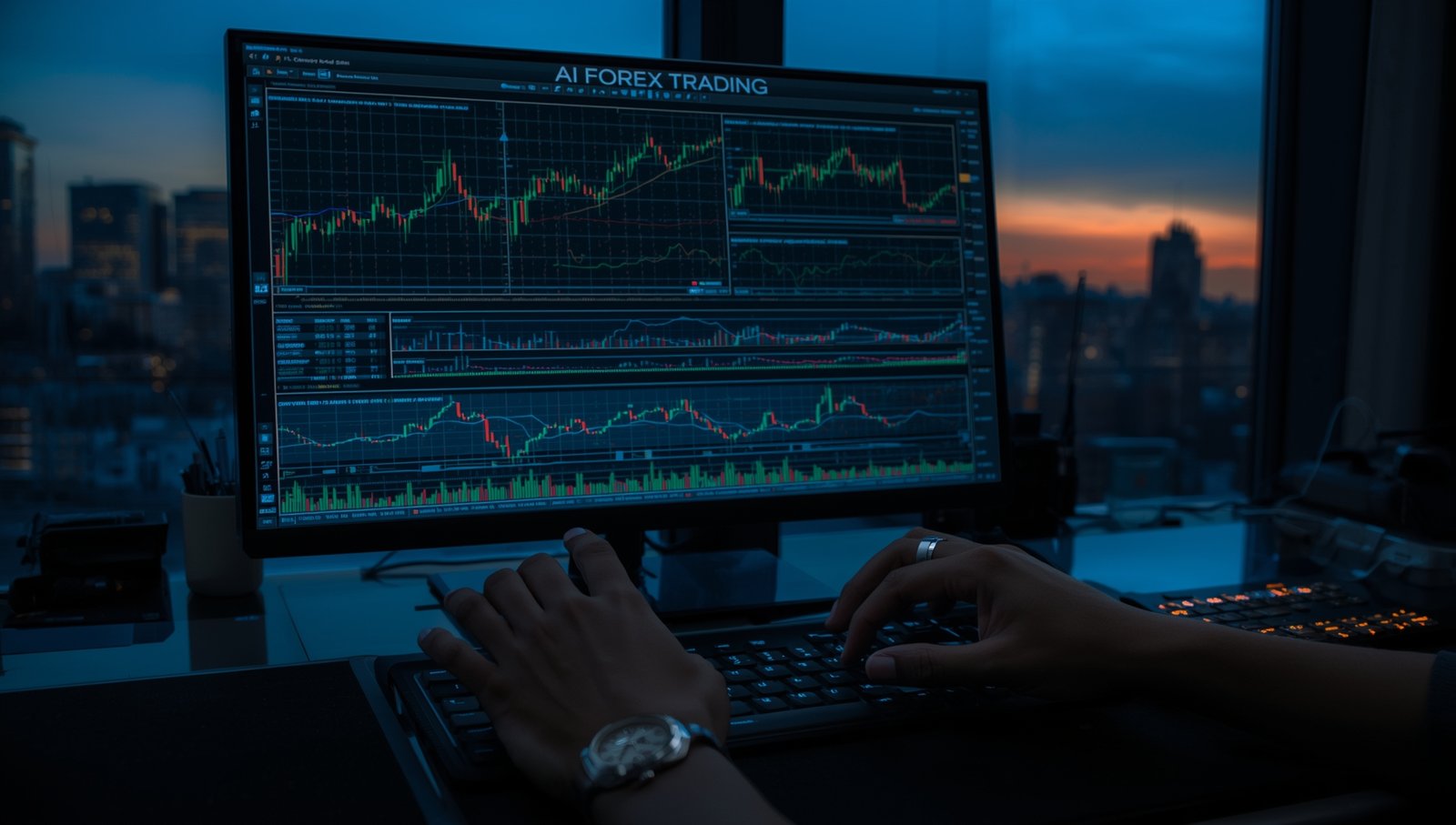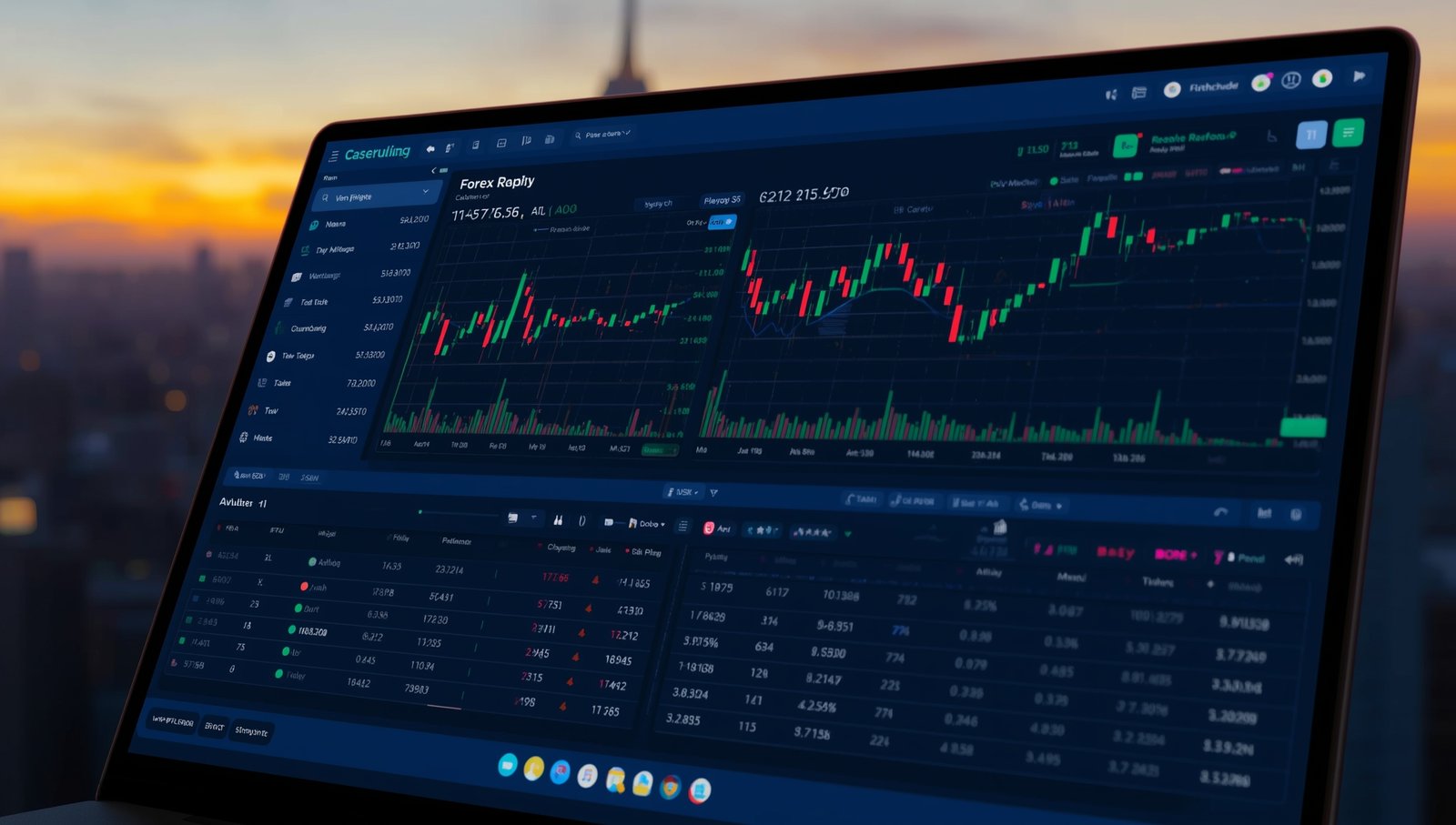The financial technology sector continues to evolve rapidly, bringing new tools that promise to make investing more accessible. Two terms that often cause confusion are “AI financial advisor” and “robo advisor.” While they sound similar, these technologies serve different purposes and operate in distinct ways. Understanding these differences is crucial for anyone considering automated investment tools.
AI financial advisors use advanced machine learning to analyze market data and execute trades based on patterns, while robo advisors typically follow preset rules to manage diversified portfolios. AI systems adapt to changing conditions, whereas robo advisors rebalance portfolios according to fixed strategies.
What Are Robo Advisors?
Robo advisors emerged in the late 2000s as a response to high fees charged by traditional financial advisors. These platforms use algorithms to build and manage investment portfolios based on client questionnaires. When you sign up for a robo advisor, you typically answer questions about your age, income, risk tolerance, and investment goals.
The platform then assigns you to a model portfolio consisting of exchange-traded funds (ETFs) and other diversified investments. The algorithm automatically rebalances your portfolio periodically to maintain your target asset allocation. Popular robo advisors include Betterment, Wealthfront, and services offered by major financial institutions.
These services charge lower fees than human advisors, typically between 0.25% and 0.50% of assets under management annually. They handle basic investment tasks like rebalancing, tax-loss harvesting, and dividend reinvestment without human intervention.
Understanding AI Financial Advisors
An AI financial advisor represents a more advanced application of artificial intelligence in finance. These systems use machine learning algorithms to process vast amounts of market data, identify patterns, and make trading decisions. Unlike robo advisors that follow predetermined rules, AI systems can adapt their strategies based on new information.
AI financial advisors analyze multiple data sources simultaneously, including price movements, trading volumes, news sentiment, economic indicators, and historical patterns. The technology behind these systems allows them to recognize complex relationships that might not be obvious to human traders or simple algorithms.
Companies like Korvato have developed AI trading tools that bring institutional-grade technology to individual traders. These platforms use sophisticated algorithms to identify potential trading opportunities across different markets and timeframes. However, it is important to understand that all trading involves risk, and users must set their own risk parameters.
Key Differences Between the Two Technologies
| Feature | Robo Advisor | AI Financial Advisor |
| Primary Function | Portfolio management and rebalancing | Market analysis and trade execution |
| Strategy Type | Buy-and-hold, passive investing | Active trading based on market conditions |
| Adaptability | Fixed rules with periodic updates | Continuous learning from market data |
| Trading Frequency | Low (quarterly or as needed) | Can be high depending on strategy |
| User Control | Limited to initial preferences | Customizable risk and strategy settings |
| Best For | Long-term retirement savings | Active traders seeking automation |
Investment Philosophy
Robo advisors typically follow modern portfolio theory, which emphasizes diversification and long-term growth. They construct portfolios using a mix of stocks, bonds, and other assets based on your risk profile. The goal is steady, reliable growth over many years with minimal intervention.
AI financial advisors operate differently. They focus on identifying shorter-term opportunities by analyzing market conditions in real-time. An AI trading bot might recognize patterns that suggest a price movement is likely within hours or days, rather than waiting for long-term trends to develop.

Risk Considerations
Both technologies carry risks that users must understand. Robo advisors face market risk—if the overall market declines, your portfolio value will likely decrease. However, their diversified approach typically reduces volatility compared to holding individual stocks.
AI financial advisors involve different risk factors. Active trading strategies can generate losses, especially during volatile market conditions. Past performance of any AI system does not guarantee future results. The technology may identify patterns that suddenly stop working due to changing market dynamics.
Platforms offering AI trading tools typically allow users to set their own risk levels and parameters. This customization means you control how aggressively the system trades on your behalf. However, this also means you bear responsibility for understanding and managing those risk settings.
Which Technology Fits Your Needs?
Choosing between these options depends on your financial goals, risk tolerance, and involvement level. Consider the following factors:
- Time Horizon: If you are saving for retirement decades away, a robo advisor’s long-term strategy might align better with your goals. For those interested in more active market participation, AI trading tools offer different opportunities.
- Risk Tolerance: Robo advisors generally suit those comfortable with market-rate returns and accepting temporary declines. AI systems can be configured for various risk levels but require careful parameter setting.
- Involvement Level: Robo advisors require minimal ongoing attention once set up. AI financial advisors may need more monitoring and adjustment as you learn how different settings affect performance.
- Capital Requirements: Robo advisors often have low or no minimum investments. AI trading platforms may have different account requirements depending on the service.
- Cost Structure: Robo advisors charge percentage-based fees on assets managed. AI trading tools may use subscription models or other fee structures.
Regulatory and Transparency Considerations
Robo advisors typically operate as registered investment advisors subject to Securities and Exchange Commission oversight. They must follow fiduciary standards, meaning they legally must act in your best interest. This regulatory framework provides certain protections for investors.
AI trading tools occupy a different regulatory space. Platforms like Korvato provide technology tools rather than investment advice. Users make their own trading decisions using the AI system as a tool. This distinction is important—these platforms do not tell you what to invest in but rather provide analytical capabilities.
When evaluating any automated trading platform, research the company’s background, read user reviews, and understand exactly what services they provide. Some people search for information about platforms using terms like Korvato scam to find honest reviews and user experiences before committing funds.
Making an Informed Decision
Neither technology is inherently better than the other. They serve different purposes within the financial technology ecosystem. Robo advisors excel at providing low-cost, diversified portfolio management for long-term investors. AI financial advisors offer sophisticated analytical tools for those interested in more active trading approaches.
Some investors use both technologies for different purposes. You might maintain long-term retirement savings with a robo advisor while using AI trading tools with a smaller portion of your portfolio for more active strategies. This approach allows you to benefit from both passive and active investment methods.
Before using any automated investment technology, educate yourself about how it works, what it can and cannot do, and what risks you will face. Read the terms of service carefully, understand fee structures, and start with amounts you can afford to lose while learning the system.
Disclaimer: The material in this article is provided for learning purposes only. It does not offer financial, investment, or trading advice. Cryptocurrency trading is speculative and can result in financial loss. Always research independently and consult a licensed financial advisor before making any investment choices.



